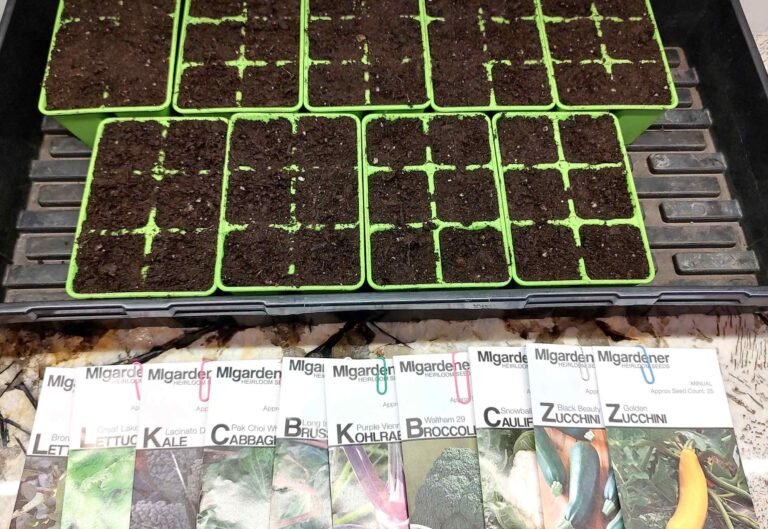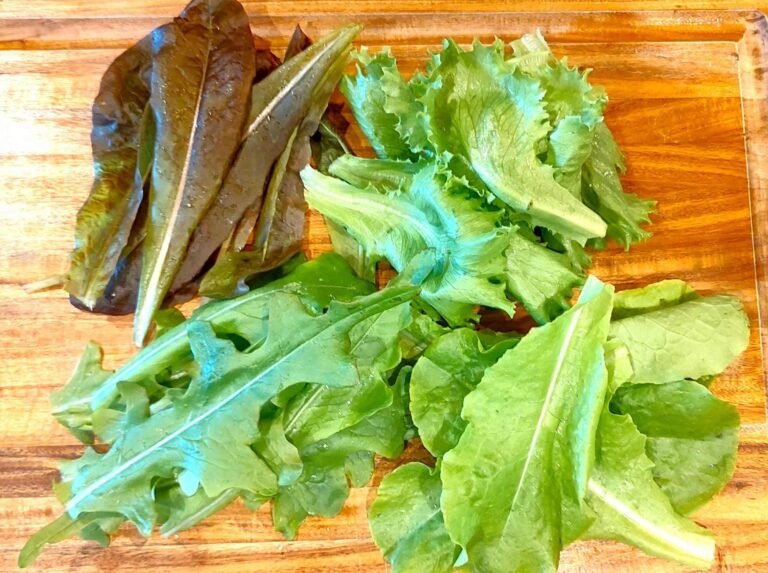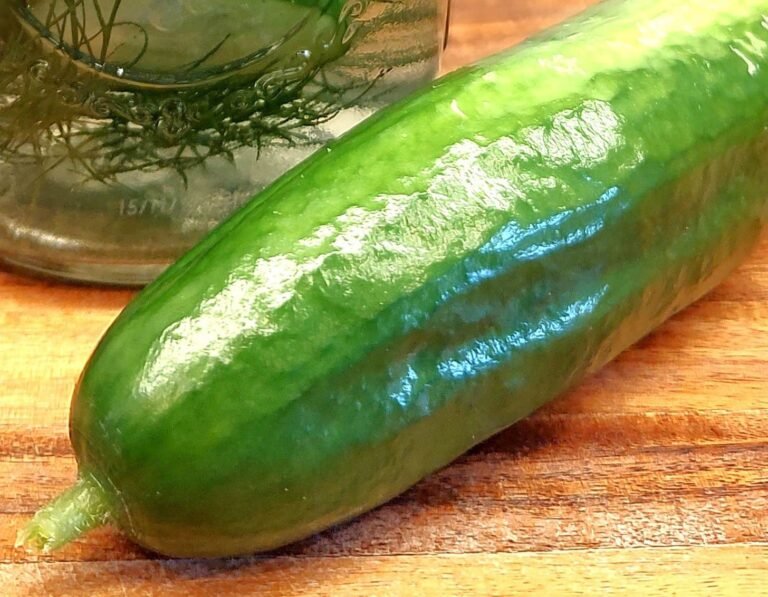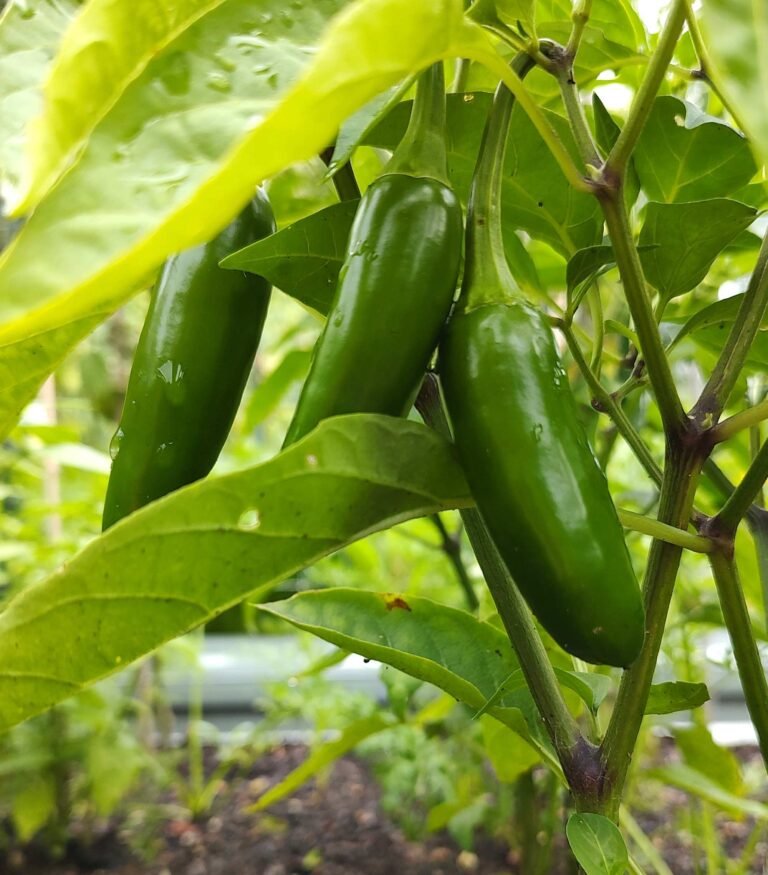Beans are a versatile and nutritious addition to any garden. With their wide range of varieties, from common green beans to hearty kidney beans, they offer something for every gardener. Beans can be used in a wide range of recipes, from soups and stews to salads and dips. Their versatility in the kitchen makes them a staple in many cuisines. Follow this guide to learn how to grow beans in your own garden.
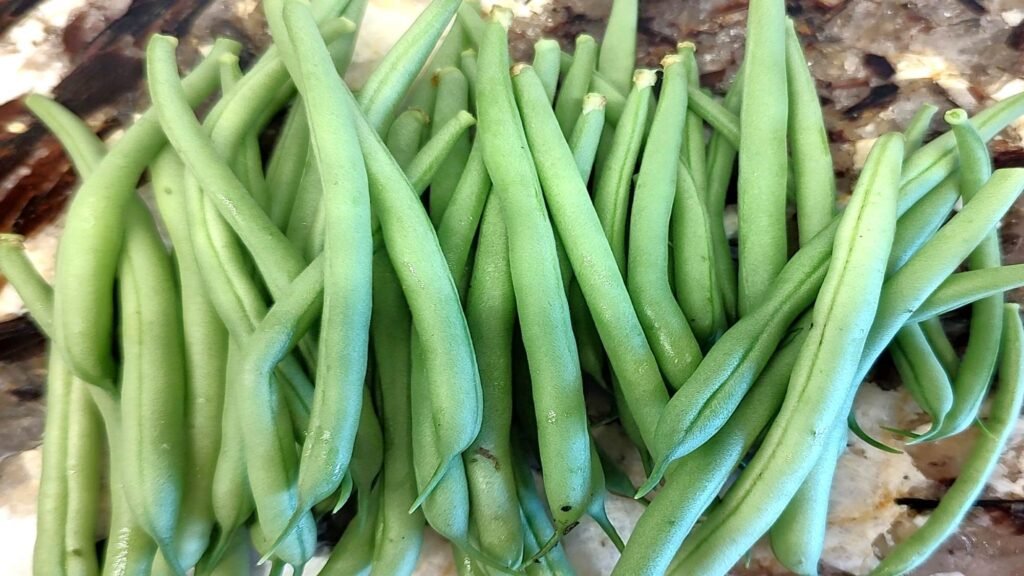
How to Grow Beans: Choosing the Right Variety
Before you plant, it’s essential to choose the right type of bean for your garden. Beans fall into two growth habits:
- Bush Beans: These beans grow in a compact, bushy form and usually don’t need staking. Bush beans produce all their beans at once. They are ideal for smaller spaces or container gardening. Varieties include Strike, Golden Wax, Pinto, and Red Kidney.
- Pole Beans: These beans are vining and require support such as trellises or poles. Pole varieties will continually produce beans if you keep up on harvesting them. They can produce a larger harvest in a smaller footprint, making them ideal for vertical gardening. Varieties include Kentucky Wonder, Blue Lake, and Rattlesnake.
How to Grow Beans: Planting
- Timing: Beans prefer warm soil temperatures, ideally between 60°F to 80°F (15°C to 27°C). Beans are sensitive to frost, so it’s crucial to plant them after the danger of frost has passed. In most regions, planting beans in late spring or early summer works best. Most gardeners opt to sow their bean seeds directly outdoors versus starting indoors.
- Spacing: Sow bean seeds directly outside about 1/2 to 1 inch deep and 2-4 inches apart for pole varieties or 6-8 inches for bush varieties. Water the soil thoroughly after planting, and keep it consistently moist until the seeds germinate, which typically takes 7-14 days.
- Location: Beans need full sun, so choose a location that gets at least 6-8 hours of sunlight per day. If you’re growing pole beans, make sure to provide sturdy supports. Trellises, teepees, or stakes work well. Train the vines to climb the supports as they grow, ensuring good air circulation and reducing the risk of disease.
- Soil Preparation: Beans thrive in well-drained soil enriched with organic matter such as compost or well-rotted manure. Avoid soil that has been recently fertilized with high nitrogen, as beans are capable of fixing their own nitrogen.
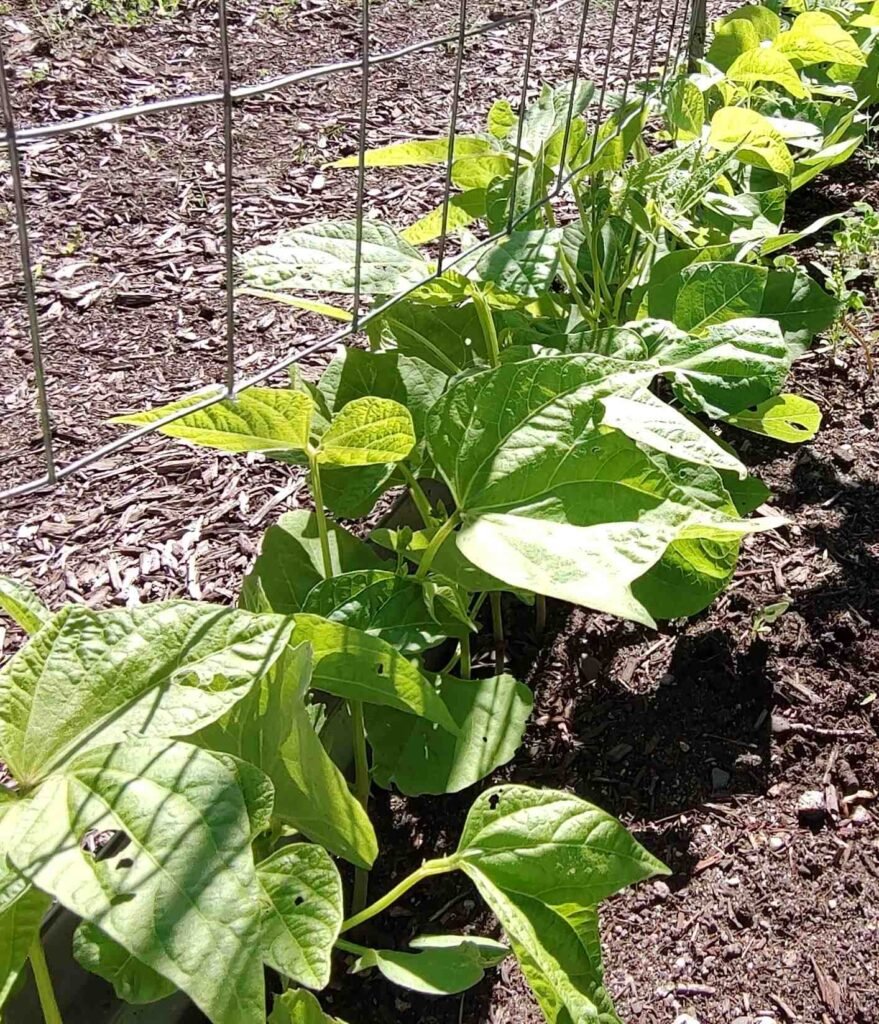
How to Grow Beans: Plant Care
- Watering: Beans need about 1 inch of water per week. Avoid overhead watering to minimize the risk of fungal diseases. Water at the base of the plants instead.
- Fertilizing: Beans generally do not need additional fertilization due to their ability to fix atmospheric nitrogen. However, if your soil is particularly poor, a light application of compost can help.
How to Grow Beans: Pest and Disease Management
- Pests: Watch out for common pests such as aphids, bean beetles, and spider mites. Hand-picking or using organic insecticides can help manage these issues. I don’t experience much pest pressure on my beans other than some minor munching on the leaves, so I find that insecticides are not necessary.
- Diseases: Beans can be susceptible to fungal diseases like powdery mildew or bacterial blight. Ensure good air circulation and avoid overhead watering to prevent these problems. Remove and dispose of any diseased plants promptly.
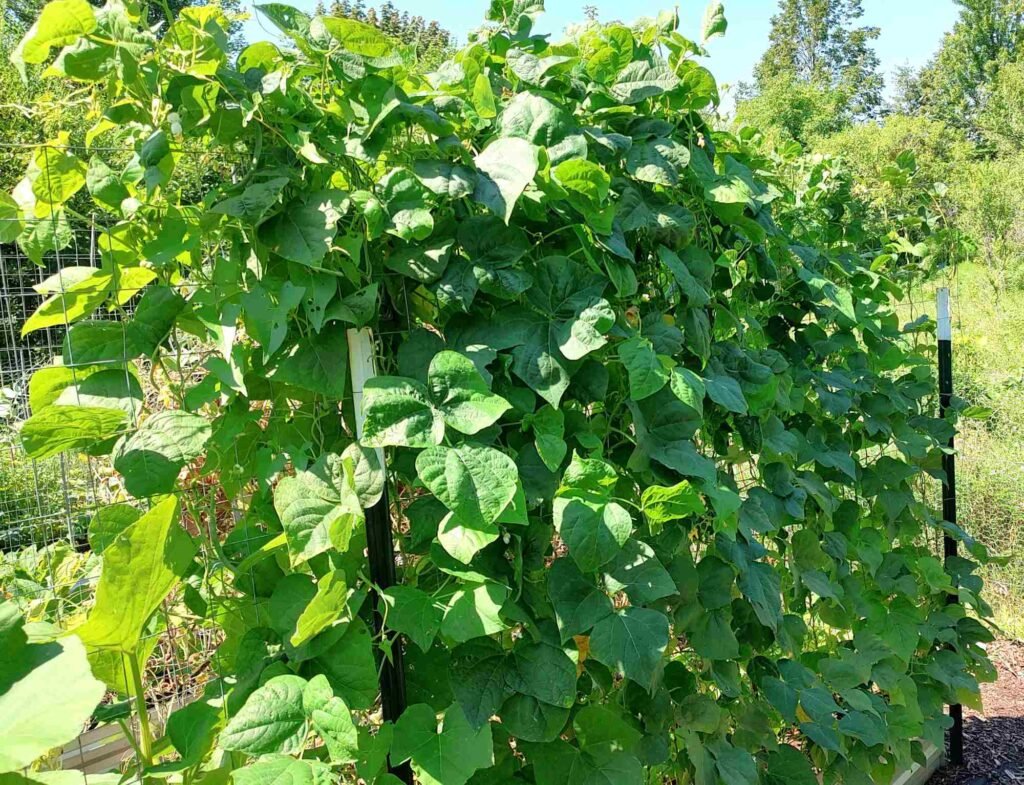
How to Grow Beans: Harvesting and Storage
- Fresh Beans: Harvest green beans when they are firm and crisp but before the seeds inside become too large. For pole varieties, pick them regularly to encourage continuous production. Store fresh beans in the refrigerator where they will keep for about a week. Fresh beans can also be stored in the freezer or canned. To freeze, first blanch the beans in boiling water for 30 seconds, then lay flat in a single layer on a baking sheet with wax paper in the freezer. Once frozen, transfer the beans to a freezer bag and place them back in the freezer.
- Dry Beans: If you’re growing beans for drying, allow the pods to mature and dry on the plant. Harvest when the pods are brown and brittle, and the beans inside make a rattling sound. Shell the beans and let them dry completely before storing in a cool, dark place. They can last for several months to a year if stored properly.
Final Thoughts
Beans are not only easy to grow but also packed with nutrients, making them a great choice for any garden. Beans are a rich source of protein, fiber, vitamins (such as B vitamins), and minerals (including iron, magnesium, and potassium). I prefer pole beans because my entire family enjoys them and I love being able to come out to the garden and pick a handful of beans every day to use in a variety of meals. I love growing beans because they are one of the easiest and low maintenance plants to grow in my garden.
Check Out My Similar Posts
You Might Also Like

Corn and Bean Salsa (Cowboy Caviar)
Corn and Bean Salsa (Cowboy Caviar) is a simple and flavorful snack to store in your…

